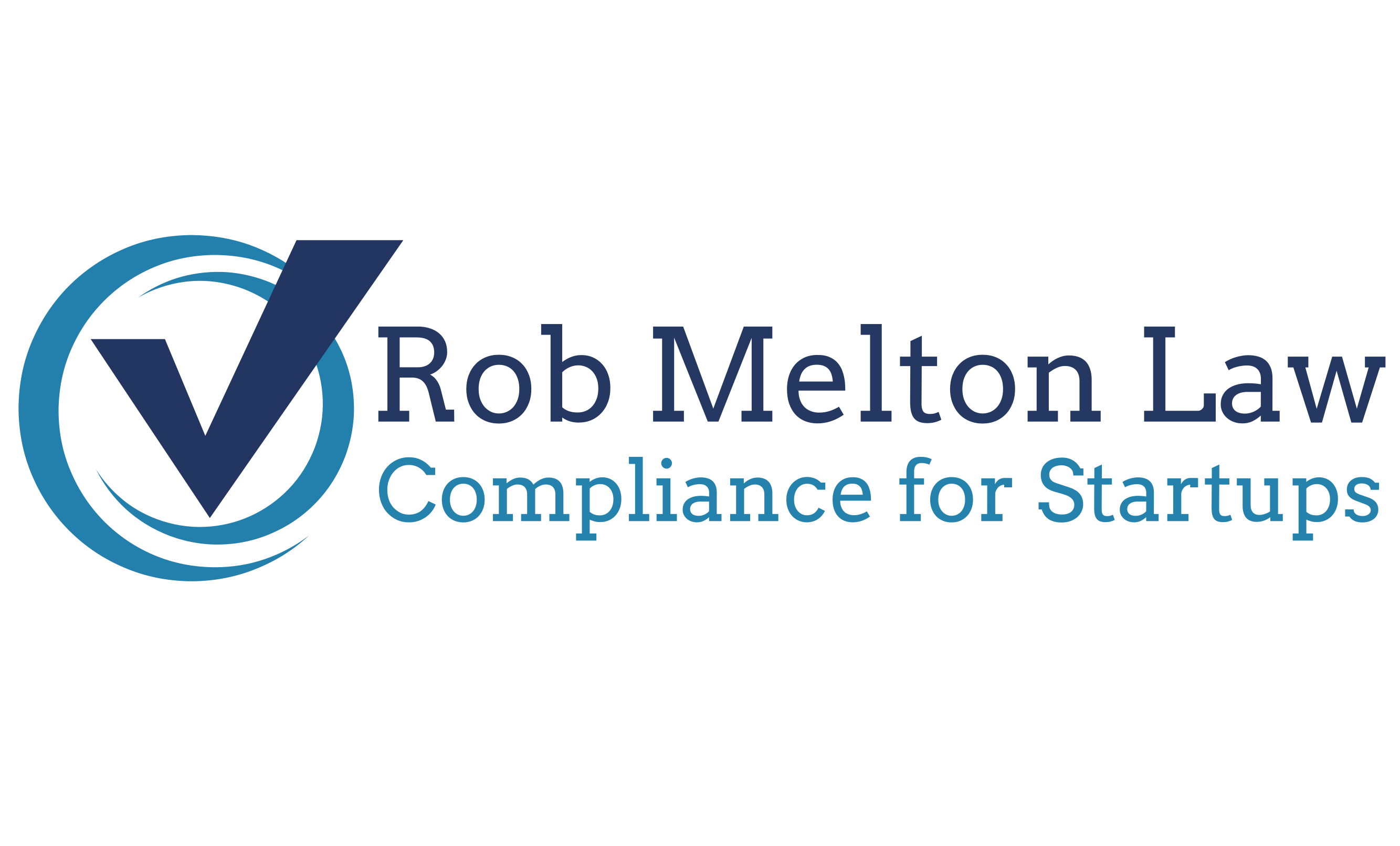Summary of 42 CFR Part 2:
42 CFR Part 2, also known as the Confidentiality of Substance Use Disorder Patient Records regulations, provides specific privacy protections for individuals seeking treatment for substance use disorders. These regulations are designed to ensure that the privacy and confidentiality of patient records related to substance use disorders are maintained and protected. The primary objective of 42 CFR Part 2 is to encourage individuals to seek treatment without the fear of their information being disclosed in a way that could stigmatize or harm them.
Key provisions of 42 CFR Part 2 include restrictions on the disclosure of patient records, requirements for consent to disclose information, and limitations on the use of patient information in legal proceedings. Under these regulations, federally assisted substance use disorder treatment programs and their lawful holders are prohibited from disclosing patient records without the written consent of the individual, except in limited circumstances such as medical emergencies or pursuant to a court order.
Additionally, 42 CFR Part 2 establishes strict requirements for the confidentiality and security of substance use disorder patient records. It mandates that covered entities take appropriate measures to protect the privacy of patient information, including implementing policies, procedures, and safeguards to prevent unauthorized access, use, or disclosure of records.
Compliance with 42 CFR Part 2 is essential for healthcare providers, substance use disorder treatment facilities, and other covered entities that handle patient records related to substance use disorders. Non-compliance with these regulations can result in legal consequences and penalties, emphasizing the importance of understanding and adhering to the requirements outlined in 42 CFR Part 2 to safeguard patient privacy and promote access to substance use disorder treatment.
Discussion of the contractual terms required for a Qualified Service Organization Agreement (QSOA):
A Qualified Service Organization Agreement (QSOA) is a contractual agreement that allows a covered entity, such as a healthcare provider, to disclose patient information protected by 42 CFR Part 2 to a service organization while ensuring compliance with the privacy requirements under these regulations. QSOAs are necessary when a covered entity engages a service organization to perform certain functions or provide services that involve access to patient records related to substance use disorders.
Several contractual terms are required in a QSOA to ensure compliance with 42 CFR Part 2 and protect the confidentiality of patient information. These terms include:
Purpose and Scope: The QSOA should clearly outline the purpose and scope of the agreement, identifying the specific services or functions to be performed by the service organization and the limited access granted to patient records.
Confidentiality Obligations: The agreement should include provisions requiring the service organization to maintain the confidentiality of patient information received or accessed as part of the agreement. It should detail the specific safeguards and security measures that the service organization must implement to protect the records, such as encryption, access controls, and employee training.
Use and Disclosure Restrictions: The QSOA must specify the limitations on the use and disclosure of patient information by the service organization. It should outline that the information can only be used for the agreed-upon purposes and can only be disclosed as permitted by 42 CFR Part 2 or with the written consent of the individual.
Compliance with 42 CFR Part 2: The QSOA should require the service organization to comply with the requirements of 42 CFR Part 2, including the prohibition on re-disclosure and the safeguarding of patient information. It should state that the service organization understands and acknowledges its responsibilities under these regulations.
Breach Notification: The agreement should establish the process and timeline for reporting and responding to any breaches or unauthorized disclosures of patient information. It should specify the responsibilities of both parties in investigating and mitigating the effects of a breach.
Term and Termination: The QSOA should outline the duration of the agreement and the conditions under which either party may terminate the agreement, including the return or destruction of patient records upon termination.
By including these contractual terms in a QSOA, covered entities and service organizations can establish a legal framework that ensures compliance with 42 CFR Part 2 while allowing for the necessary exchange of patient information for authorized purposes. This helps protect the privacy and confidentiality of individuals seeking treatment for substance use disorders and fosters trust in the healthcare system.

